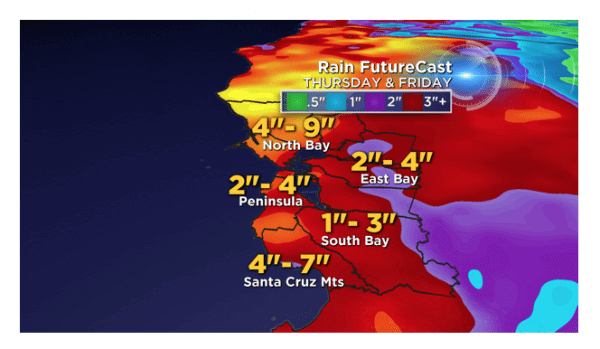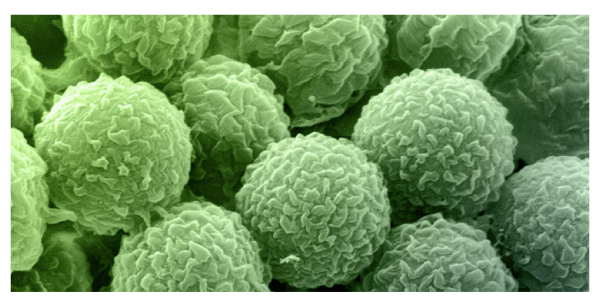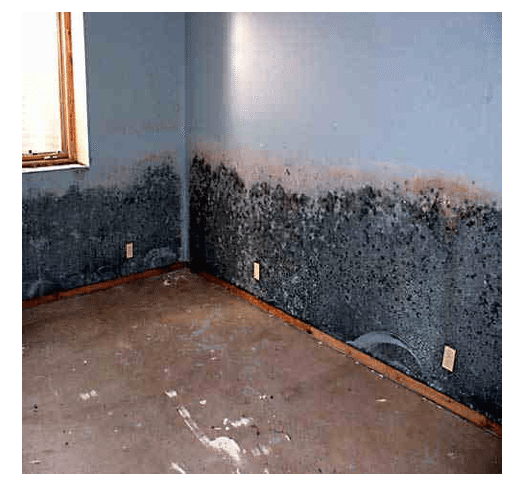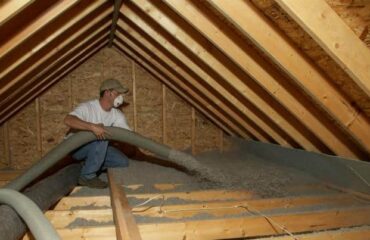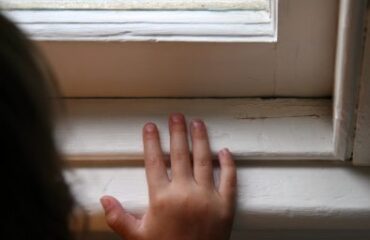Mold, Moisture and El Nino; is Your Home Ready?

Mold, Moisture and El Nino
Now that the days are shorter and a few rain storms have come through the region, we can’t help but feel that winter is officially here. With all this talk about El Nino, some people are left wondering where is it? Mold, moisture and El Nino go together. Is your home ready?
The National Oceanic and Atmospheric Association is currently reporting that sea surface temperatures are the highest they have ever measured, which is consistent with a very strong El Nino weather pattern. The probability of extreme weather happening similar in strength, or stronger than 1998 El Nino is very high. Weather models are predicting the event to occur in January. Even though it was a long time ago let’s not forget during that winter 17 people died, over half a billion dollars in damage occurred, more than 2,000 homes were destroyed and thousands of people were displaced or forced to evacuate.
Hopefully, history will not repeat itself, but there is a lot you can do if the heavy rains start and don’t stop.
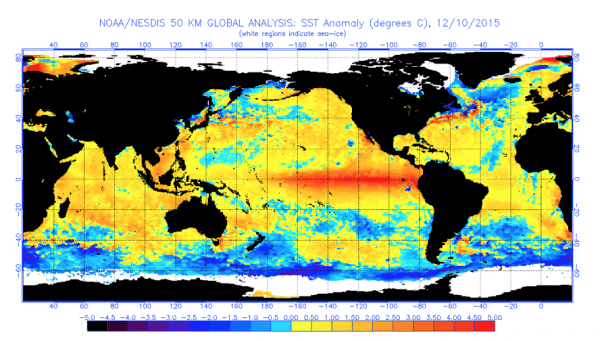
National Oceanic and Atmospheric Association chart showing increase of water temperature in red from El Nino.
How can an El Nino year affect your home and your health?
Healthy Building Science sees a lot of people suffering from an increase in mold-related health problems when there is an increase in rain. While some molds are more infamously known as Toxic Black Mold, all molds are known allergens. Symptoms can range from minor allergy-like symptoms to severe respiratory reactions and life threatening asthma attacks. Long term exposure to mold can lead to the mold-related illness, Chronic Inflammation Response Syndrome (CIRS).
Most of the homes in the Bay Area are anywhere from 40 to upwards of 100 years old. Even with regular maintenance, buildings are in a state of constant decay and new problems are always developing. The biggest challenge with an El Nino weather pattern is that the storms line up consecutively and have heavier than normal precipitation due to originating in the lower latitudes and carrying subtropical moisture. When buildings are subjected to heavy and constant rain alongside damp conditions in between storms, the building envelopes are tested to the maximum. Any cracks, leaks, drainage problems or imperfections will start to allow moisture to penetrate, leading to mold growth.
Mold is a normal part of our environment, elevated concentrations of mold inside your home are Not.
Did you know, it takes as little as 24 hours for mold to establish and start to thrive under wet conditions?
Once water has penetrated the exterior of a home it can pool in low lying areas, traveling along the path of least resistance. This means that the wet sheet rock you found in the bedroom might have had an origin at the second story window. Some leaks are obvious because they are visible, others are lurking behind walls, slowly growing mold colonies unbeknownst to the occupants.
What happens in an emergency like a flood, mudslide or severe water damage?
First and foremost make sure you and your family is safe. Call your insurance company and then call Healthy Building Science. We are capable of accessing mold and moisture throughout your home and if mold is found, we can write a mold remediation protocol (MRP). Using thermal imaging cameras and moisture meters, we accurately determine how much moisture is present. Laboratory sample analysis determines the levels of mold in your home and if those levels are dangerous. Here are some tips from us everyone should know in preparation for mold, moisture and El Nino winter.
- Have an emergency plan in place ahead of time. Natural disasters can and will happen. Whether it’s a flood, fire or earthquake, your family and friends should know how to contact you, where to meet, have non perishable food, water, lights and extra blankets on hand.
- Keep a list of important phone numbers handy in case of emergency (ICE), police, fire, PG&E and insurance agent.
- Know if your home is located in an area prone to flooding and if so know where to get sandbags. It is better to have flood insurance than to wish you had after the fact. Keep in mind that it takes 30 days for a new policy to take effect.
- Prepare your home. Don’t wait until the water is pouring in from that leak you know you have on the roof. Take care of any maintenance now. Your list should include keeping your rain gutters clean and making sure downspouts move water away from your home. Inspect your roof, check your windows and doors to make sure that the caulk isn’t cracked and weather stripping is intact. If you are on a hill make sure your retaining walls are in tact, cover up bare ground with plantings or mulch.
After so many years of dry conditions, we welcome the projected rains with curious trepidation and hope it replenishes our dwindling water supplies. Mold, moisture and el Nino: be prepared for the worst and if things go bad.
Healthy Building Science is an environmental consulting firm providing mold testing and mold inspection services for commercial, residential, multi-family, buildings, offices, industrial and manufacturing workplaces, hospitals and medical facilities, and single-family homes in the greater San Francisco Bay Area and all of Northern California including the cities of San Francisco, San Jose, Oakland, and Sacramento.

